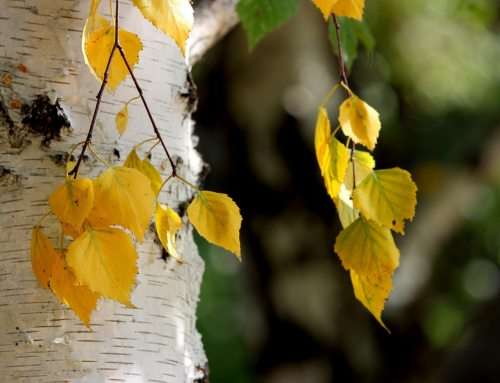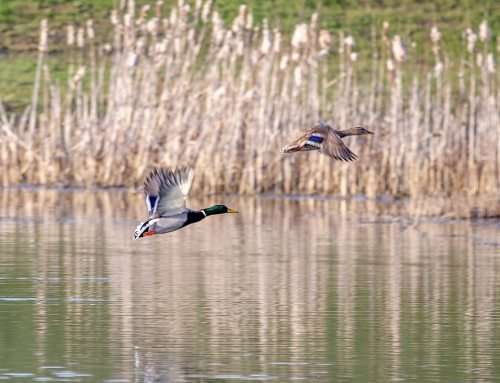The Art of Selecting a Garden Sculpture
By Iona Milne Home
A sculpture in the garden can add an extra layer of interest in many different ways. It can serve as a focal point, as a destination, or as a visual surprise to be discovered amongst greenery. It can be traditional in style, or contemporary, light or dark, complementary or contrasting. When considering all the factors for choosing and placing a garden sculpture, the only rule is that there are no rules; a good outcome is what works well in your garden space and gives pleasure to you and visitors to your garden.
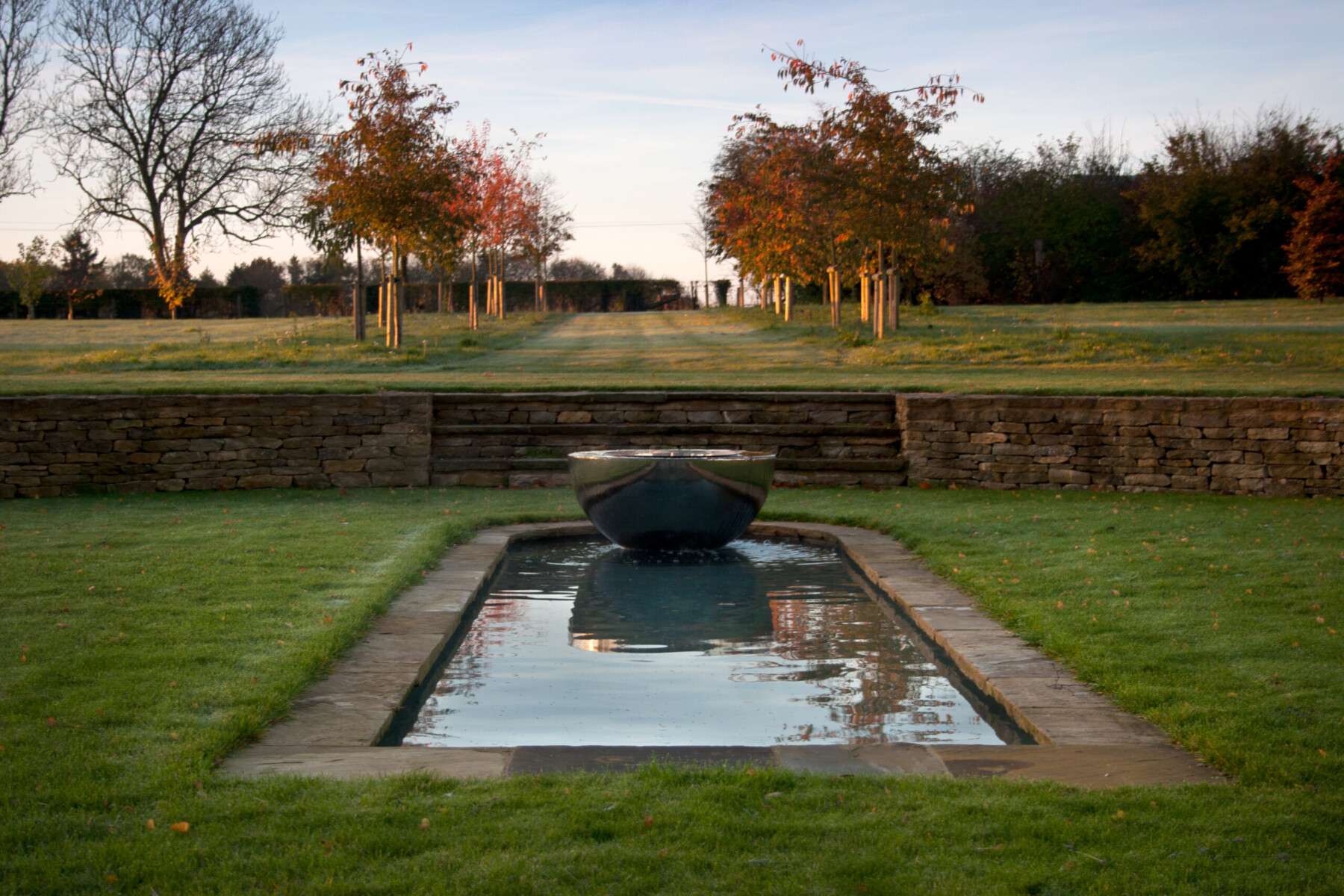
Here, David Harber outlines some guidelines that can help to inform your choice.
Position
One popular position for garden artwork is as a focal point, standing alone and commanding attention. This can be either formal; a piece, perhaps on a plinth, symmetrically placed at a meeting point of garden paths, or informal; when a sculpture is sited in an apparently random spot. In this case, careful thought needs to be given to sightlines and to what background will show the sculpture off to advantage. A dark hedge can be a good setting. If a focal sculpture is what you want, be sure to consider what the artwork will look like from all angles, because it will be seen from all around.
Another favourite spot is as a destination, at the end of a path or, in larger expanses, at a distance to add interest to a view and encourage exploration. A sculpture can also serve as a sort of visual steppingstone, guiding the eye on to a view or different part of the garden. A case in point is the David Harber Chalice sculptural water feature chosen by Nicholsons for the garden pictured above and to the right, which leads the eye onwards to take in the whole scene. The artwork also illustrates formal positioning, aligned centrally with steps and an avenue of trees behind.
A third option for sculpture placement is to put a piece directly with plants or grass, whether appearing to be quite separate from greenery as when sitting on top of mown grass, or almost merging with nature as when sunk into taller plants or grasses. Putting a man-made object right in the middle of nature can add extra depth to a bed or lawn, merging or contrasting with natural textures in all sorts of interesting ways. Care does need to be taken however to ensure that an artwork isn’t overwhelmed by greenery.
Scale
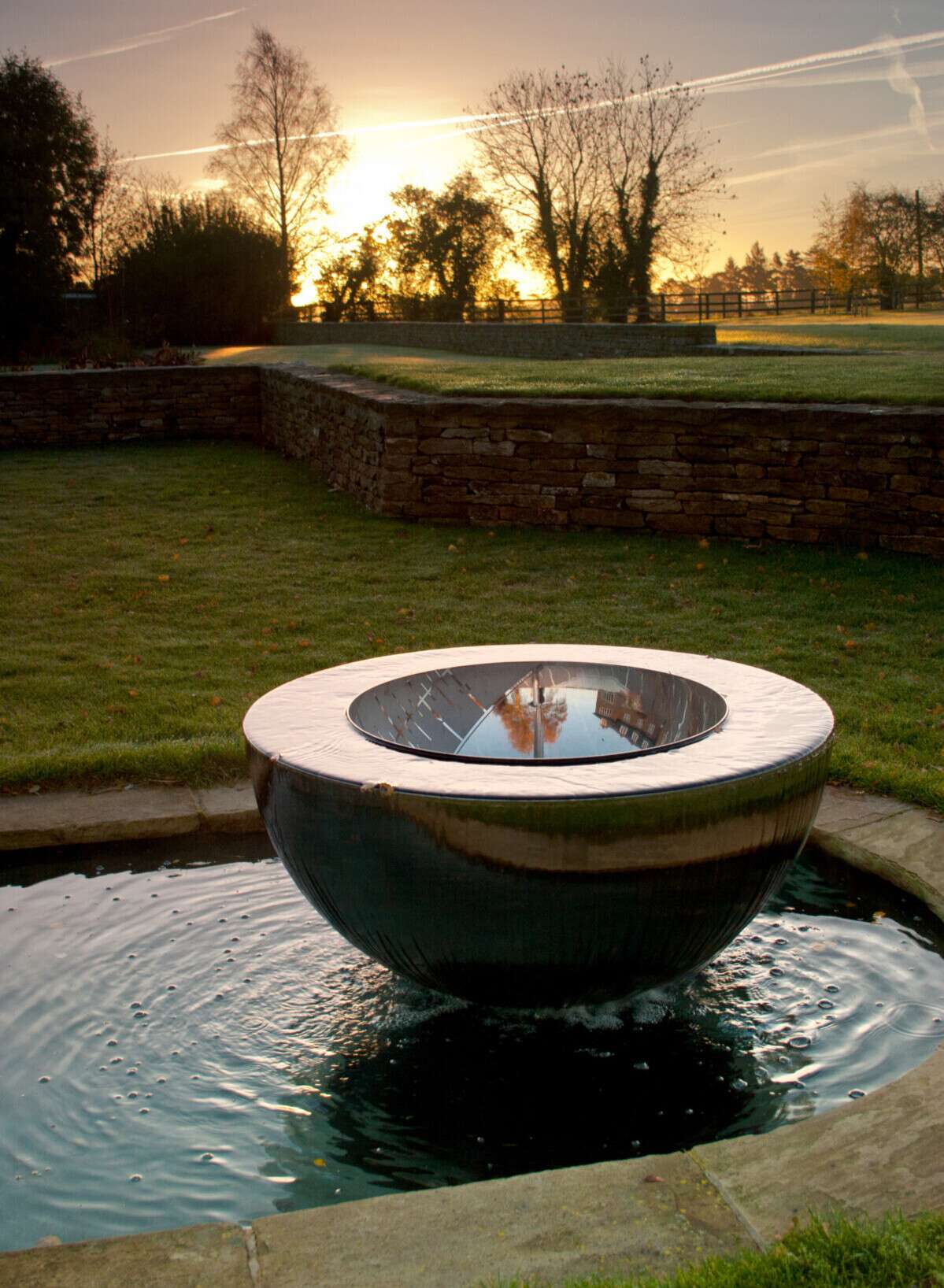
When it comes to size, bigger is often better, but too big is always a mistake. That a large sculpture would fit in a large garden expanse is obvious. It may come as more of a surprise that large sculptures can also work well in smaller gardens, especially if a powerful effect is required – although, not so large that it will dwarf its surroundings.
When placing a piece in plants or grass, the best size will depend on the effect sought. Is the sculpture to stand out from the plants, emerging from the planting mass? Or to be partially hidden, waiting as a visual surprise to be discovered? Alternatively, an artwork can blend in, becoming almost part of the garden visually, in which case the best size will match or be smaller than the surrounding planting.
Style
Garden sculptures can be traditional, contemporary, figurative, abstract and more..
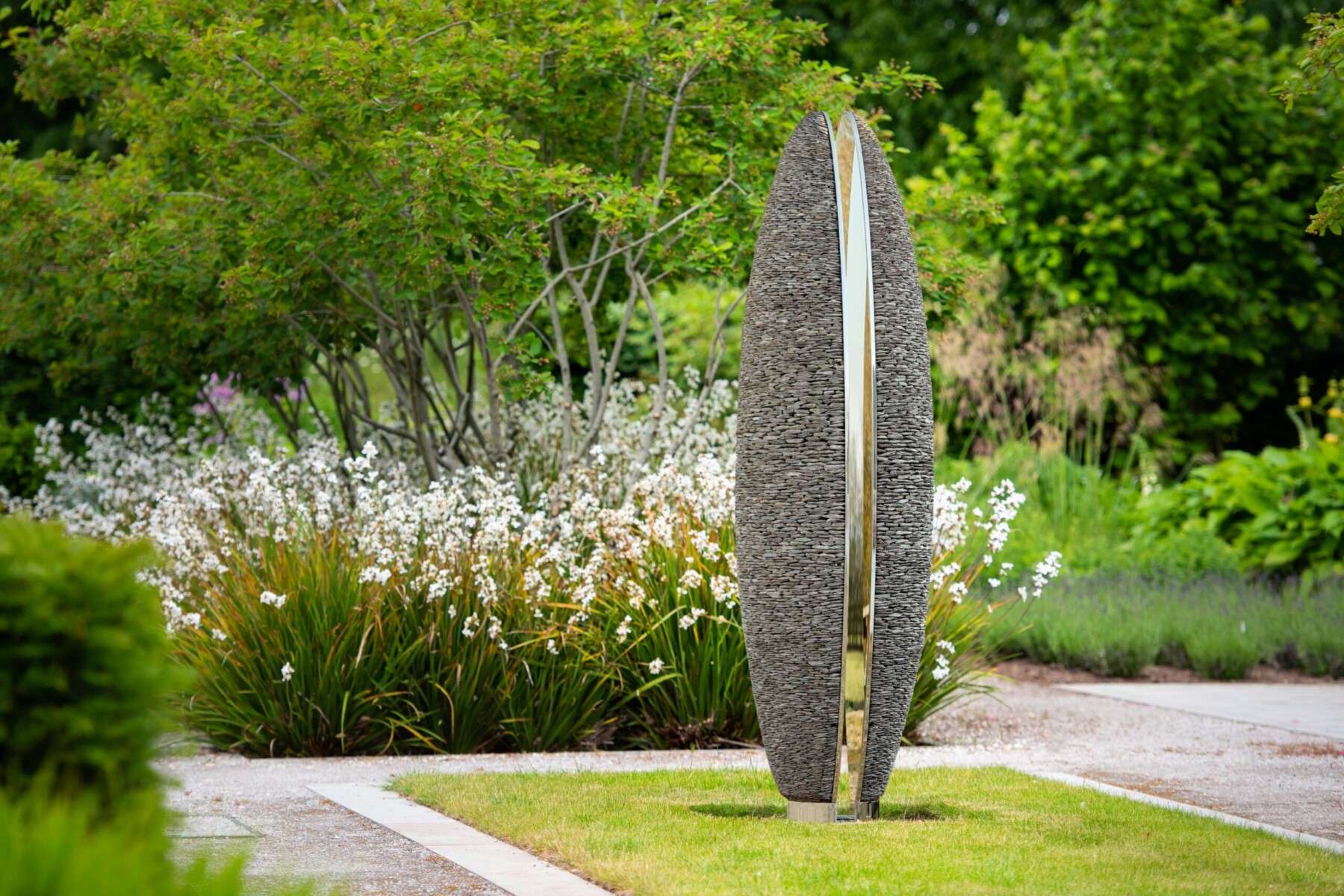
An often recommended approach is to pick a style that matches the architecture of an adjoining property, or that fits with the style of the surrounding garden. So a traditional bronze armillary sphere sundial would make an excellent accompaniment to an old, grand house or a classically styled garden; while a bold, abstract sculpture could partner well with a modern house and the strong lines of a contemporary garden.
But as I said at the outset, there are no rules and sometimes the most interesting effects can come from contrasting different styles, placing a traditional piece within wild planting, or setting a modern sculpture with bold lines in a very traditional garden. Think Henry Moore’s Two Piece Reclining Figure in the classically styled grounds of neoclassical Kenwood House in Highgate, London.
Materials
Many of the same considerations apply when choosing a sculptural material. The sculpture material and colour are selected with regard for the materials and colours used in the garden and its adjoining property. Do you want a piece to complement or contrast with its surroundings? For a matching look amongst the metals, stainless steel feels modern; bronze has a lofty, historical resonance that associates well with traditional locations; while rusty Corten® or oxidized steel has a natural looking colour and grain that harmonizes with nature, especially the oranges and browns of autumn. A sculpture in a garden can either play to these connections or go against them for interesting juxtapositions. Similar factors apply to the different types of stone used to create garden statuary.
A sculptural material favoured by my company, David Harber, for its reflective qualities is mirror polished stainless steel. A reflective sculpture can blend into a garden in a most intriguing way.
Colourful reflections in the sculpture to the right, for example, place it firmly in its setting, and yet at the same time, it is clearly different from the vibrant planting. The ambiguity adds interest and excitement.
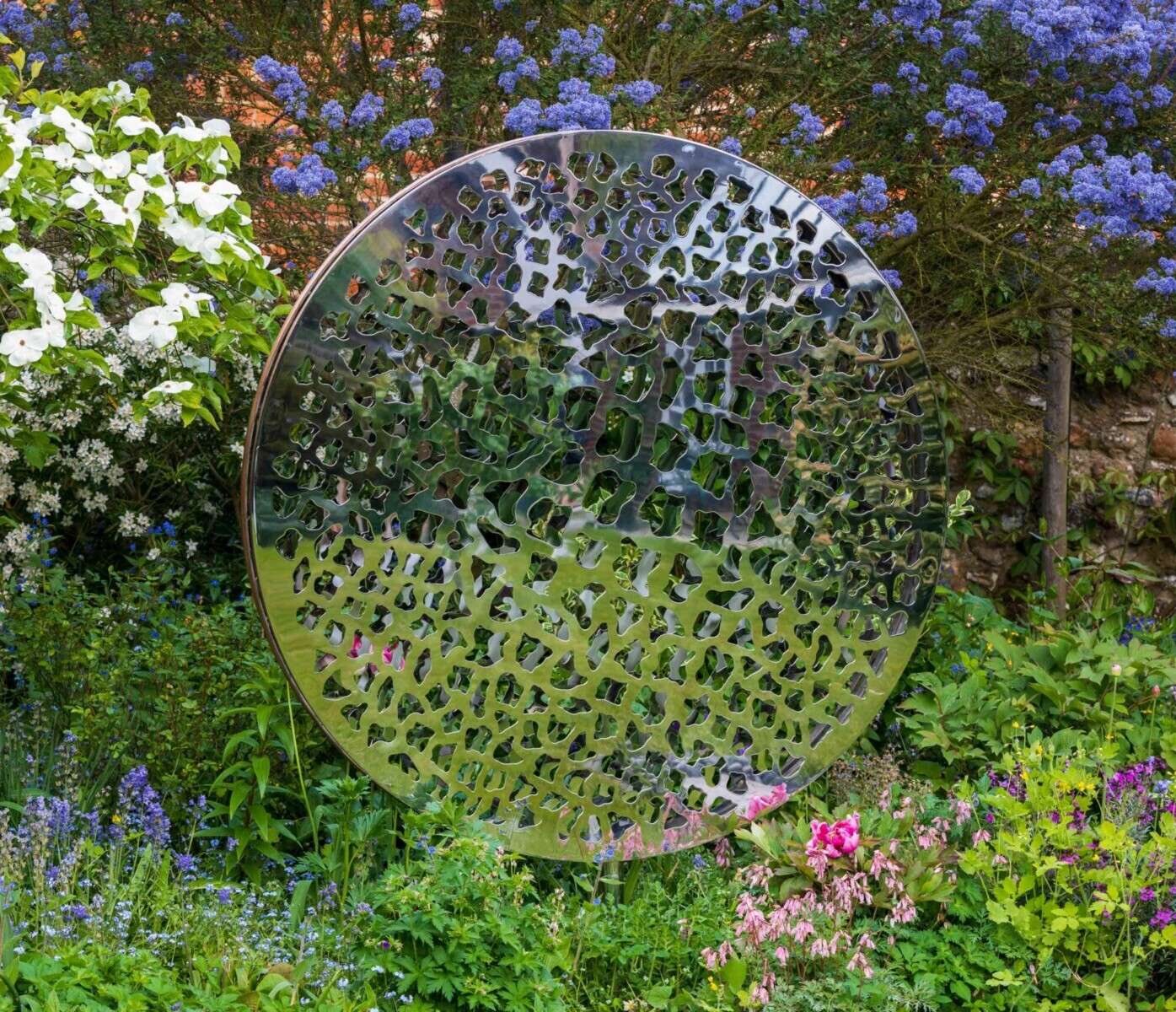
Reflective sculptures can be an asset in small gardens too, bringing reflected light and the impression of more space to dark corners, as indeed can light stone types.
Choose what you love
So, lots to think about but no rules. Except one. Choose an outdoor sculpture that you will love to look at, that lifts your heart and adds heart and spirit to your garden.




